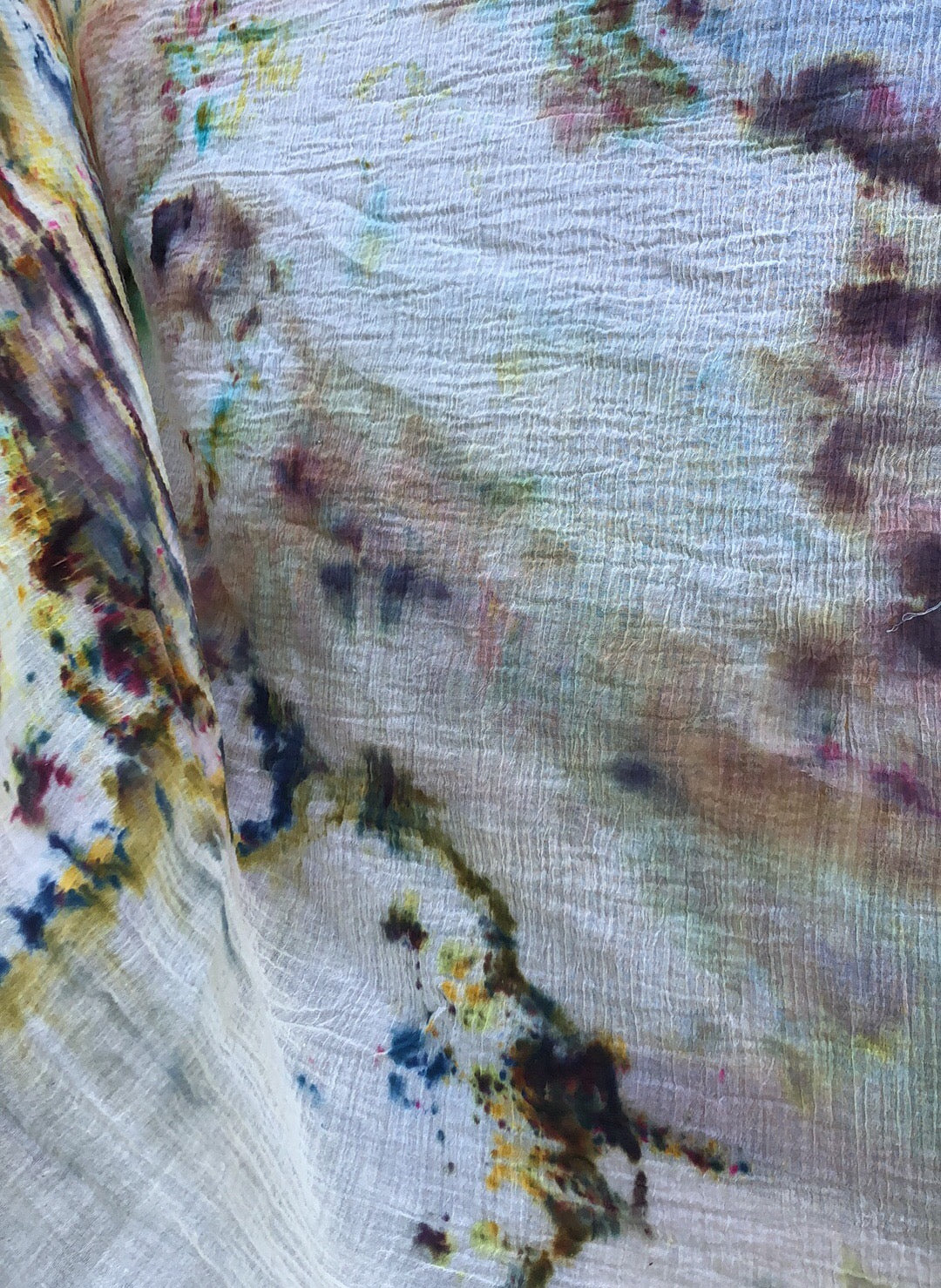
Garment Longevity 101: Tips to Extend the Life of Your Clothes
Understanding Fabric Care Labels and What They Mean
To extend the life of your clothes, it's important to understand the fabric care labels and what they mean. These labels provide key information about how to properly care for your garments. By following the instructions on the fabric care labels, you can avoid damaging your clothes and ensure that they last longer.
Our garments are washed and dried before shipping so as to prevent shrinkage but that isn't always the case in other brands.
Some will use symbols instead of words and there is a recognized system to these so google the image if you're lost as to the direction. Some of the common ones are:

Best Practices for Washing and Drying Your Clothes
- Sort your laundry by color and fabric type to prevent color bleeding and damage. This is primarily important to new garments. Clothing you have washed previously is less likely to bleed.
- Opt for the right water temperature for each laundry load, with a preference for cold water when dealing with most colors and delicate fabrics. Not only does this method put less stress on the fibers, but it also conserves energy by eliminating the need to heat the water. Additionally, modern detergents are formulated to perform optimally in both hot and cold water settings.
- Avoid overloading the washing machine to ensure thorough cleaning and prevent excessive wear and tear.
- Use a gentle detergent that is suitable for the fabric type. We suggest something geared towards sensitive skin that's free of dyes and scents. These can cause build up in the fibers and irritation when wearing your garments.
- When drying your clothes, follow the fabric care labels. Some garments may need to be air dried to prevent shrinking or stretching, while others can be safely tumble dried on low heat.
- Remove clothes from the dryer promptly to prevent wrinkles and minimize the need for ironing.
The Role of Proper Storage in Garment Longevity
Proper storage is crucial for maintaining the quality of your clothes and extending their lifespan. Here's how to store your garments correctly:
- Clean your clothes before storing them to prevent stains, odors, and insect damage.
- Fold your clothes neatly to avoid creases and wrinkles. Hanging certain fabrics (knits or open weave/delicate wovens) can cause stretching or distortion.
- Use scents like lavender, peppermint or rosemary to repel insects and prevent damage. Cedar blocks are also a great choice.
- Store your clothes in a cool, dry place away from direct sunlight. Sunlight can fade colors and weaken fibers over time.
- Avoid overcrowding your closet or drawers to allow air circulation and prevent wrinkles.
- Consider using garment bags for special occasion or delicate items to protect them from dust and moisture.
Mending and Tailoring: Keeping Your Clothes in Prime Condition
Regular mending and tailoring can significantly extend the life of your clothes. Here's how to keep your garments in prime condition:
- Consider learning basic sewing skills to tackle minor repairs yourself. We will go into further detail about how to repair garments in a future post (like how to sew a button and mend a tear).
- Take your clothes to a professional tailor for more complex alterations or repairs. This is key for a perfect fit! Garments are not designed to fit YOU perfectly. Instead, they are made to fit a general idea of each size. Getting a garment tailored to your body will instantly elevate the appearance of an outfit and you'll be more inclined to wear it.
Investing in Quality: How Better Garments Can Save You Money in the Long Run
One of the best ways to extend the life of your clothes is by investing in quality garments in the first place. While they may be more expensive upfront, high-quality clothes are often made with durable fabrics and superior craftsmanship, making them more resistant to wear and tear.- High-quality clothes are designed to withstand frequent wear and washing without losing their shape or color.
- They require less maintenance: Quality garments are less likely to shrink, fade, or develop holes, reducing the need for repairs or replacements.
- They offer better fit and comfort: Well-made clothes often have better tailoring and construction, resulting in a more flattering fit and greater comfort.
- They retain resale value: Should you decide to sell or donate your clothes in the future, high-quality garments tend to hold their value better than cheaper, lower-quality alternatives.
By investing in quality garments, you can build a long-lasting wardrobe that not only looks great but also saves you money over time.



Leave a comment
This site is protected by hCaptcha and the hCaptcha Privacy Policy and Terms of Service apply.